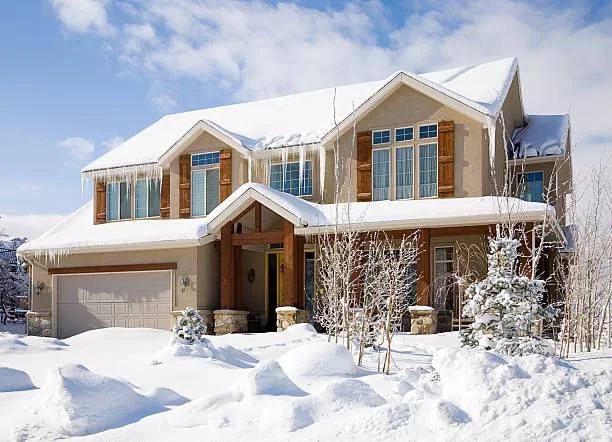Garage Door Temp Introduction
Garage doors are a crucial component of any home or commercial building. They provide a secure and convenient way to access your garage and protect your vehicles and other belongings. However, like any mechanical system, garage doors are susceptible to wear and tear and can be affected by various factors, including temperature changes. In this article, we will explore how garage doors are affected by temperature changes and what you can do to ensure that they continue to operate smoothly and reliably.
Garage Door Metasl Expansion and Contraction
One of the main ways that temperature changes can affect garage doors is through expansion and contraction. As the temperature increases or decreases, materials such as metal and wood will expand or contract accordingly. This can cause the garage door to become misaligned or cause the various components to become stressed or strained.
For example, if the temperature is extremely hot, the metal springs and tracks on the garage door may expand, causing the door to become misaligned. This can make it difficult to open or close the door and may even cause it to come off the tracks entirely. On the other hand, if the temperature is extremely cold, the metal components may contract, causing the door to become stuck in the closed position.
Garage Door Lubrication
Lubrication is another important factor to consider when it comes to garage doors and temperature changes. Proper lubrication is essential for the smooth operation of the various components such as the hinges, rollers, and tracks. However, extreme temperature changes can cause the lubricant to break down or become less effective.
For example, if the temperature is extremely hot, the lubricant may become thin and runny, which can cause it to drip off the door and onto the floor. This can lead to a lack of lubrication, which can cause the door to become noisy or difficult to operate. On the other hand, if the temperature is extremely cold, the lubricant may become thick and gummy, which can cause it to clog the various components and make the door difficult to move.
Garage Door Weather Seals
Weather seals are another important component of garage doors that can be affected by temperature changes. These seals are designed to keep out the elements such as wind, rain, and snow. However, extreme temperature changes can cause the seals to become brittle or deformed, which can lead to leaks and drafts.
For example, if the temperature is extremely hot, the seals may become brittle and break or crack. This can allow hot air to enter the garage, which can be uncomfortable for anyone inside. On the other hand, if the temperature is extremely cold, the seals may become deformed and lose their shape. This can allow cold air to enter the garage, which can be uncomfortable and even cause pipes to freeze
Garage Door Maintenance and Prevention
Proper maintenance is the key to ensuring that your garage door continues to operate smoothly and reliably, regardless of the temperature. Here are a few tips for maintaining your garage door in extreme temperature conditions:
- Keep an eye on the weather: If you know that extreme temperature changes are on the horizon, take the time to inspect your garage door and make any necessary repairs or adjustments.
- Lubricate regularly: Make sure to lubricate all moving parts of your garage door, such as the hinges, rollers, and tracks, on a regular basis. Use a high-quality lubricant that is resistant to extreme temperatures.
- Check the weather seals: Inspect the weather seals on your garage door and replace them if they are damaged or worn. This will help keep out the elements and prevent leaks and drafts.
- Insulate the garage: If you live in an area with extreme temperature

